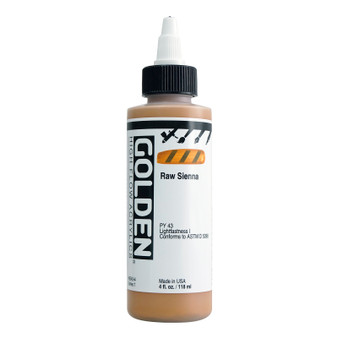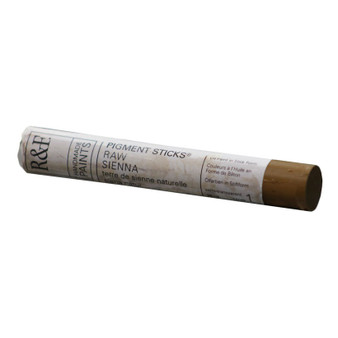Product Description
USES:
Contemporary painters are using dry pigments as elements of mixed media paintings and objects. Dry pigments can also be used in traditional processes such as encaustic or egg tempera.
• Dry pigments can be added to glazing mediums. J.M.W. Turner mixed his glazing colors by adding dry pigments to his medium. The look is quite different because dry pigments are not ground into the medium the way pigments are ground into linseed oil to make oil colors so the glaze has a gritty texture.
• Dry pigments can be rubbed on to paper, added to glue or sizing.
• By adding dry pigment to Gamblin Cold Wax Medium, artists can create pastel like effects. Be sure to paint on board when creating artwork from pigments and Cold Wax Medium or paintings may crack when moved.
• By mixing melted wax and pigments together, painters can make encaustic paintings. Painters should research studio safety precautions before experimenting with hot wax. Artists, who make their own paints, use dry pigments to grind into linseed oil or another binder, such as gum arabic or acrylic resin.
SAFETY
Regardless of the binder used to mix dry pigments, artists should be very careful when handling powders.
• wear respirator masks so that no pigment dust is inhaled
• wear gloves to protect their skin from staining or from pigment entering their bodies through the skin.
• Modern organic pigments, while non-toxic, are very concentrated finely ground powders with high tinting strengths. Open jars carefully. Mineral based pigments, such as Cadmiums, Cobalts and Manganese are heavier and more dense. They do contain elemental metals so handle with care.











